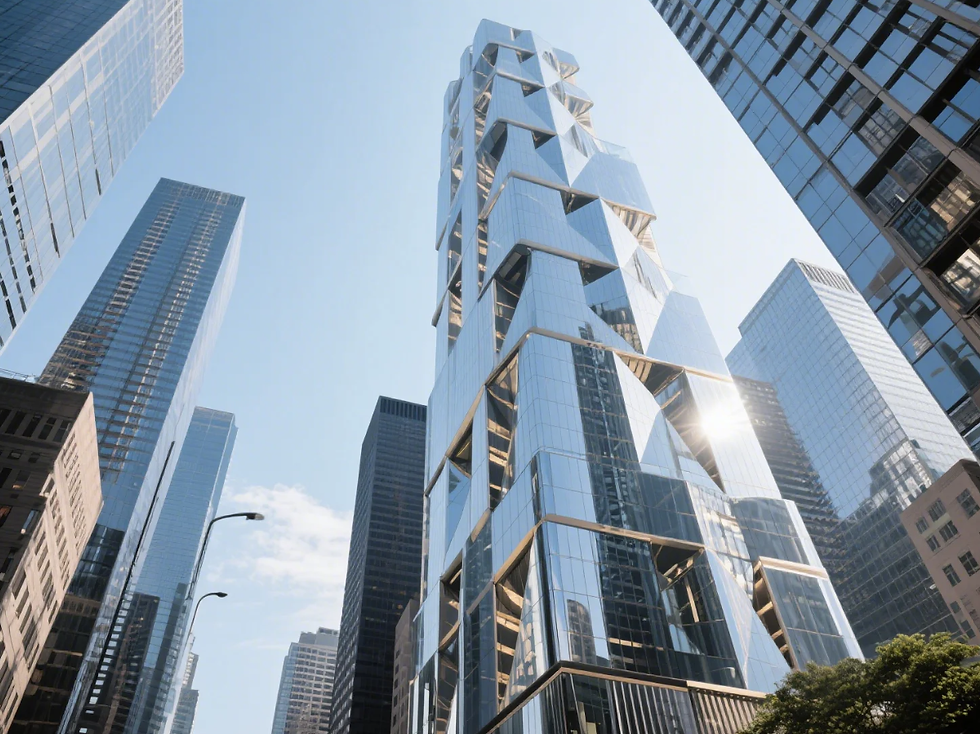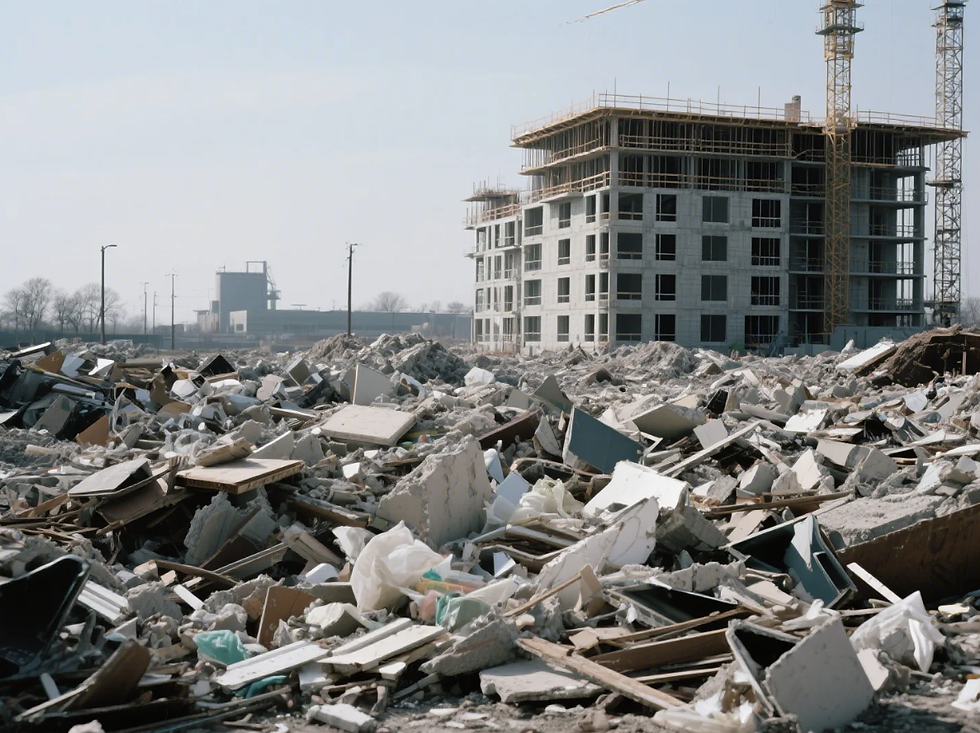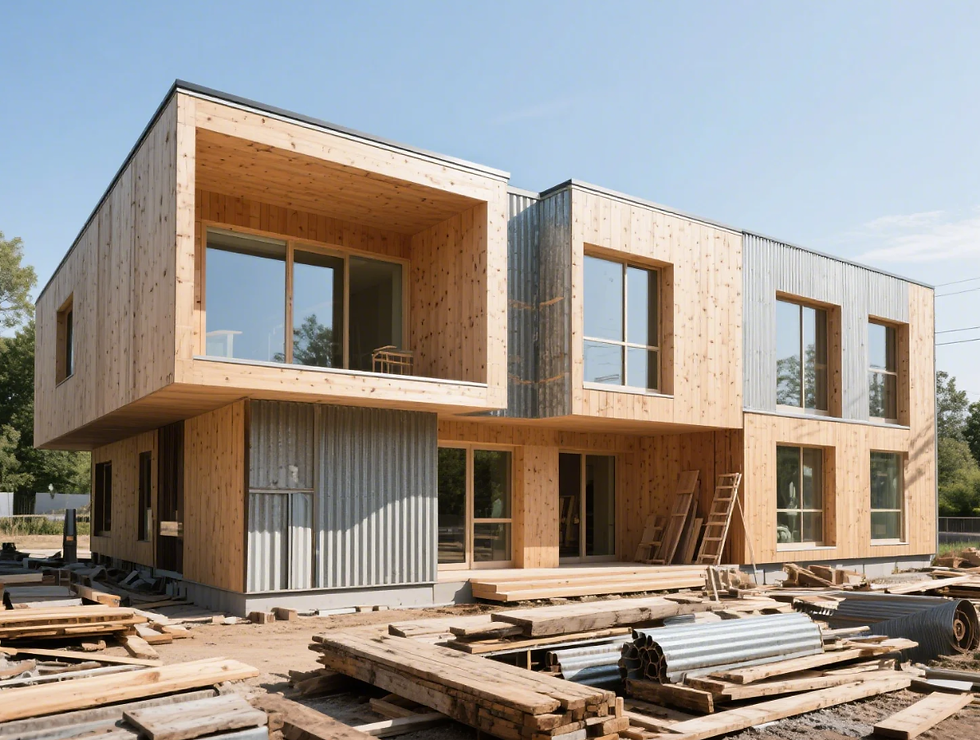Disposable building crisis: The Shameful 30-Year Lifespan of Modern Architecture
- Dennis Asis

- Aug 1
- 3 min read

The world around us is changing quickly, and yet many of our modern buildings seem to reflect a throwaway culture. This trend contradicts the principles of sustainability and longevity. With an average lifespan of just 30 years, many architectural marvels face the risk of becoming mere memories before they should. Why are we turning to Disposable building crisis, and what will this trend mean for our environment and future?
The Short Lifespan of Modern Architecture
Contemporary designs often prioritize aesthetics and functionality over durability. For instance, many skyscrapers that shine in city skylines use cheaper materials and quick assembly techniques. This might exposed to experience significant wear within 20 years due to these choices. Factors such as evolving technology, rapid urban development, and changing lifestyles contribute to this trend, resulting in structures that are not built to endure.

A Culture of Disposable building crisis
Architects and developers are increasingly swayed by a growing culture of disposability. The rapid rise and fall of design fads lead to many buildings being constructed with a short-term objective, rather than a long-lasting vision. Consider structures with elaborate glass façades. They may look stunning now, but once their visual appeal diminishes or when outdated technology replaces them, these buildings soon seem irrelevant. Communities face the constant disruption of new construction, wasting valuable resources and time.

Environmental Impact
The environmental ramifications of this throwaway mindset are alarming. In the United States alone, the construction and demolition sector generates about 600 million tons of waste each year. This waste, combined with the significant carbon emissions from constructing new buildings, positions the construction industry as a major contributor to environmental issues. The cycle of building, demolishing, and rebuilding leads to deforestation, pollution, and increased demand for land and resources—ultimately jeopardizing the health of our planet for future generations.

Rethinking Our Approach
What steps can we take to turn the tide? First, we must prioritize innovation in construction materials and techniques. Utilizing eco-friendly resources that support sustainability can significantly address the short lifespan challenge that modern architecture faces. For example, using reclaimed wood, recycled metals, or bio-based materials can have a positive impact. Moreover, focusing on adaptable designs—like buildings that can be easily repurposed or expanded—will help change our attitude towards construction.

Community Engagement and Education
Raising awareness among consumers plays a crucial role in this effort. By encouraging communities to demand more durable and sustainable construction practices, we can influence architects and developers alike. Implementing educational programs on sustainable architecture in schools can nurture a sense of pride and responsibility among future generations, fueling a movement towards creating lasting structures that serve communities effectively.

Building a Sustainable Future
Addressing the era of disposable buildings is urgent. As urban environments evolve and lifestyles shift, we must rethink our building practices. The goal should be to construct buildings that not only meet our current needs but also consider the future of our communities and the health of our planet. By embracing innovative ideas and promoting collective awareness, we can move away from a throwaway culture towards a more sustainable practice that honors both our environment and history.
Let’s take action now to ensure that the structures we build today stand strong for generations to come. The future of our cities and our planet rests on our ability to change.
Head over to our Resource Section for more insights and useful references.





Comments